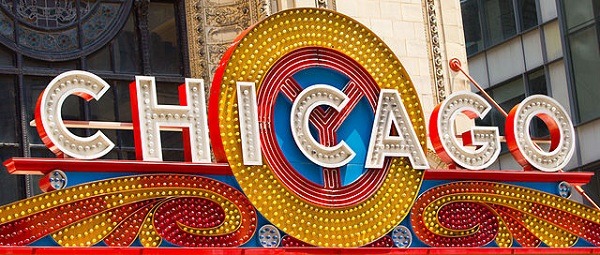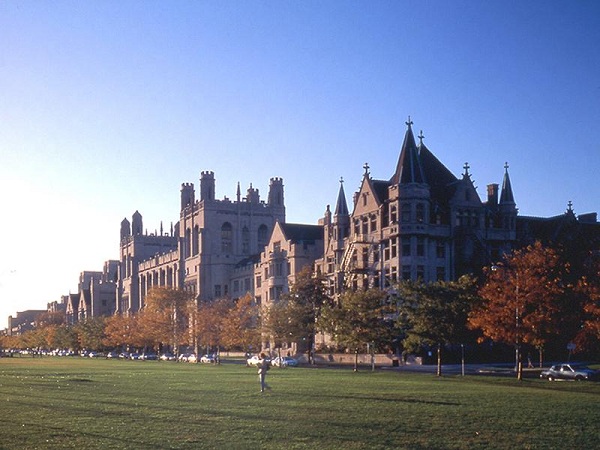It was after one of the greatest disasters of the 19th century that Chicago began its transformation, making the city one of the country’s icons of architecture. The Great Chicago Fire of 1871 caused widespread destruction and took hundreds of lives. Its origins were never uncovered, but the story of Mrs. O’Leary’s cow spread like the fire itself, taking on a life of its own. It wasn’t until 1893 when the story of the cow causing the fire was revealed to be a fabrication.
In the aftermath of destruction, Chicago was reeling. Little did anyone know this terrible event would turn the city around as some of the world’s greatest architects converged to begin the rebuilding process. They had big ideas and a competitive spirit, each bringing their unique ideas to the table. It was this new interest by architects and the spirit of the city’s citizens that brought about the boom in construction.
The challenge for new construction was the high cost of land in the business district. It was decided that buildings should be built taller with an interior skeleton, rather than with an exterior masonry wall. The need for less land to build on and the cheaper cost of materials was the beginning of the “commercial style” of buildings familiar in big cities today. The emerging look of steel and glass high-rise buildings became the style other cities looked to.
Chicago’s new leash on life came from the many great architects who flocked to the city to lend their expertise and imagination like the world had never seen. Frank Lloyd Wright concentrated on what he called “organic architecture” and was a pioneer of the Prairie School movement. Though he did design some skyscrapers, he preferred modest buildings with smooth lines that blended into the landscape.
It was William Le Baron Jenney who constructed the first all metal-framed building, the ten-story Home Insurance Building in Chicago, considered the first skyscraper. He is known as the “Father of the American skyscraper.”
German-born Dankmar Adler, along with Louis Sullivan, brought an impressive resume to Chicago. Adler was an architect, a civil engineer, and an expert in acoustics. Though he wasn’t able to explain the superb acoustics of the buildings he built, his work was extraordinary. He and Sullivan built the Auditorium Building and the K.A.M. Isaiah Israel Temple, now the Pilgrim Baptist Church. Both buildings were lauded for their excellent acoustics.
Daniel Burnham was a key planner in the development of Chicago’s new look, creating master plans that would be implemented. In partnership with Edward H. Bennett, he authored the “Plan for Chicago” which revolutionized urban design. Only parts of the plan came to fruition, but its impact set the standard for years to come. Burnham and John Wellborn Root were the architects for the Masonic Temple built in 1892 and oversaw the design and construction of the World’s Columbian Exposition of 1893.
Louis Sullivan was one of the most influential architects who came out of the “Chicago School of Architecture.” He has been called both the “Father of the Skyscraper” and “Prophet of Modern Architecture.” He coined the phrase “form follows function” and many of his works include the Charnley House, the Carson, and as previously mentioned, the Auditorium Building. He was a great influence on Frank Lloyd Wright who continued his vision of American architecture.
The Great Chicago Fire was a tragic event that through its devastation created new life that rose up from the ashes. Its Midwestern location and its strong citizens were key to its ultimate innovation and success. From its tragedy an industry was born.
Bio – this article was written by ross who is a freelance travel writer who writes at blog.netflights.com and loves the city of Chicago!


